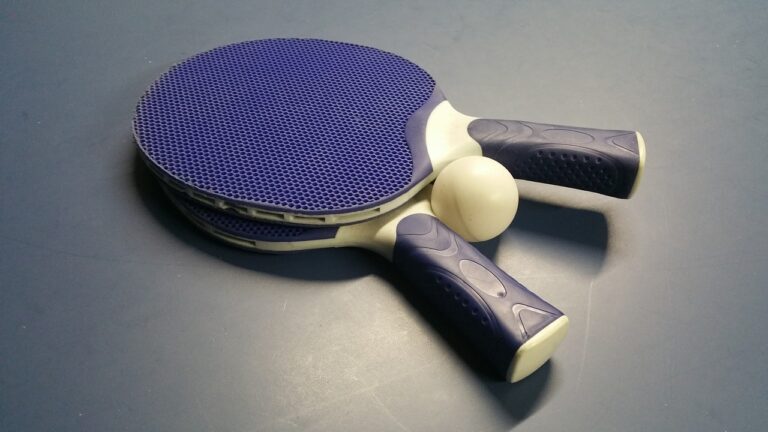Radiology’s Role in Neuroinformatics: Cricbet 99, Sky1exchange.con, Reddy anna online book number
cricbet 99, sky1exchange.con, reddy anna online book number: Radiology plays a crucial role in the field of neuroinformatics, which involves the application of informatics techniques to neuroscience research and clinical practice. By utilizing advanced imaging technologies, radiologists can provide valuable insights into the structure and function of the brain, aiding in the diagnosis and treatment of neurological disorders. In this article, we will explore the significance of radiology in neuroinformatics and its impact on the field.
Understanding the Brain through Imaging
Imaging techniques such as magnetic resonance imaging (MRI) and computed tomography (CT) allow radiologists to visualize the brain in detail, capturing its structure and function. These images provide valuable information about the size, shape, and connectivity of different brain regions, enabling researchers to study the relationships between brain anatomy and cognitive functions.
Diagnosing Neurological Disorders
One of the primary applications of radiology in neuroinformatics is in the diagnosis of neurological disorders. By examining brain images, radiologists can detect abnormalities such as tumors, lesions, and degenerative changes that may be indicative of conditions like Alzheimer’s disease, multiple sclerosis, or brain tumors. This early detection is crucial for timely intervention and treatment planning.
Monitoring Disease Progression
In addition to diagnosis, radiology plays a key role in monitoring the progression of neurological disorders over time. By tracking changes in brain structures and function through serial imaging studies, radiologists can assess the effectiveness of treatment interventions and make adjustments as needed. This longitudinal data is essential for understanding the natural course of the disease and evaluating the impact of therapeutic strategies.
Advancing Research in Neuroscience
Radiology also contributes to the advancement of neuroscience research by providing researchers with detailed brain images for analysis. By combining imaging data with other types of neuroinformatics data, such as genetic information or cognitive test results, researchers can uncover new insights into brain function and dysfunction. This interdisciplinary approach enables a more comprehensive understanding of the brain and its role in health and disease.
Improving Patient Care
Ultimately, the integration of radiology and neuroinformatics leads to improved patient care outcomes. By leveraging advanced imaging technologies and informatics tools, healthcare providers can offer personalized treatment plans based on individual patient characteristics and disease profiles. This precision medicine approach enhances diagnostic accuracy, treatment efficacy, and patient outcomes, leading to better quality of life for individuals with neurological disorders.
In conclusion, radiology plays a critical role in neuroinformatics by providing essential imaging data for the study and treatment of neurological disorders. Through advanced imaging techniques and informatics tools, radiologists contribute to the understanding of brain structure and function, the diagnosis of neurological conditions, and the monitoring of disease progression. By integrating radiology with neuroscience research, healthcare providers can offer personalized care and improve patient outcomes. The collaboration between radiology and neuroinformatics continues to drive innovation in brain imaging and informatics, shaping the future of neuroscience research and clinical practice.
FAQs:
Q: What are the primary imaging modalities used in neuroinformatics?
A: The primary imaging modalities used in neuroinformatics are magnetic resonance imaging (MRI) and computed tomography (CT). These techniques provide detailed images of the brain’s structure and function, aiding in the diagnosis and treatment of neurological disorders.
Q: How does radiology contribute to the advancement of neuroscience research?
A: Radiology contributes to neuroscience research by providing researchers with detailed brain images for analysis. By combining imaging data with other neuroinformatics data, researchers can gain new insights into brain function and dysfunction, leading to a better understanding of neurological disorders.
Q: How does the integration of radiology and neuroinformatics improve patient care?
A: The integration of radiology and neuroinformatics improves patient care by enabling healthcare providers to offer personalized treatment plans based on individual patient characteristics and disease profiles. This precision medicine approach enhances diagnostic accuracy, treatment efficacy, and patient outcomes in individuals with neurological disorders.







